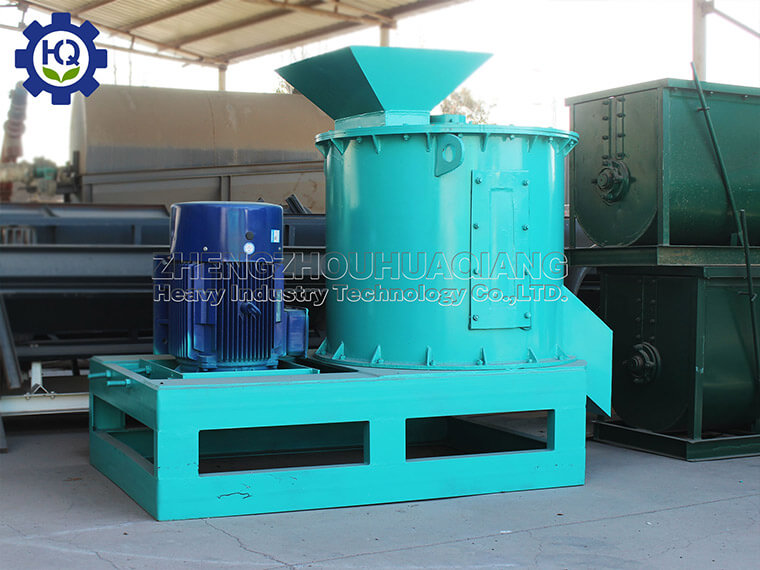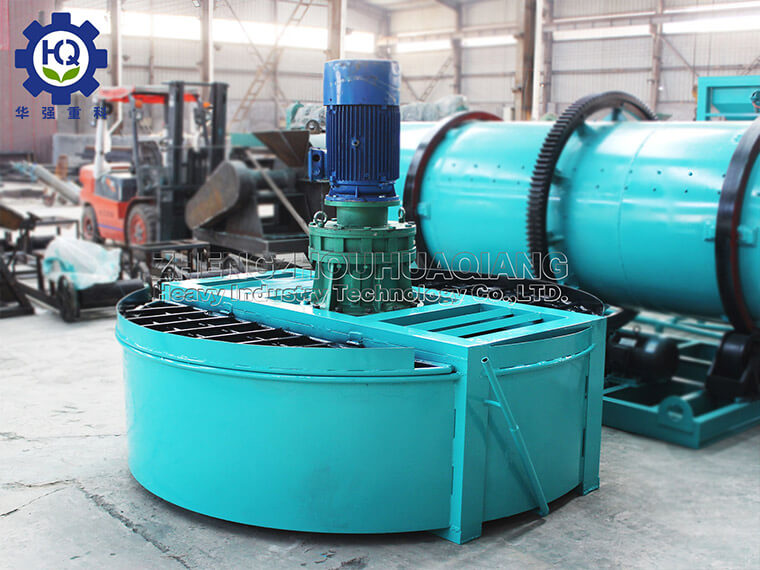It is said that the organic fertilizer processed by the organic fertilizer granulator is good, so where is it? Bioorganic fertilizer is rich in organic matter, including nitrogen, phosphorus, potassium and other elements, as well as calcium, magnesium, sulfur, manganese, zinc, copper, boron, molybdenum, chlorine and other trace elements. Most importantly, functional bacteria can decompose mineral phosphorus in soil, decompose mineral potassium in soil, release phosphorus, potassium and other nutrients, and provide stable nutrients for crops. This may be the magic of bio-organic fertilizer!
From the use effect of many years, the organic fertilizer processed by the mechanical fertilizer granulator has achieved satisfactory results in the verification of fertilizer efficiency and various crops, and has been recognized by many people. With the rapid development of organic agriculture in China, bio-organic fertilizer shows a growing market prospect.
Seven advantages of using bio-organic fertilizer
1、 Decomposition of nitrogen, phosphorus, potassium and animal and plant residues, release of nutrients, decomposition of pesticides and herbicide compounds, reduce the use of fertilizer by 30% to 50%, and increase the utilization rate of fertilizer by about 40-60%. In addition to the high level of bio-organic fertilizer, the total input of organic fertilizer processed by mechanical fertilizer granulator will not increase, but long-term bio-organic fertilizer, which may be less than that in previous years.
2、 Yield increase: grain and oil output 10-15%, cash crop output 15-25%, fruit and vegetable output 15-40%, single variety, single fruit weight increase, fruit and vegetable early maturity and harvest period extension.
3、 It can improve the disease resistance of crops. Antibiotic bacteria can reproduce in large numbers in the soil to produce antibiotics and effectively inhibit the growth of pathogens. According to different crops, the incidence rate can be reduced by 50-80%, especially for more than 30 kinds of pathogens, including blight, verticillium wilt, sunspot disease and root rot.
4、 Drought and drought: during seed dressing or top dressing at seedling stage, the roots of crops can be developed by more than 60-200%, and the ability to conserve water and fertilizer is enhanced, laying the foundation for high yield, especially the effect of fertilizer based on carbon production is greater.
5、 Soil improvement: when the organic microorganism decomposes the organic matter, it will produce a large number of organic acids and binders, which will help to form the soil colloid and massive structure that can adjust the soil PH value. Improve the physical and chemical properties of soil, increase the structure of soil block, and reduce water evaporation.
6、 Environmental protection and green: vegetable vitamins, food protein content, full of oil and grain, add one or two pieces of fructose, and fruits and vegetables grown with bio-organic fertilizer have the flavor of childhood. Recall the taste of your childhood.
7、 Multi-year yield growth effect: after the beneficial microorganisms are applied to the soil, they continue to decompose the organic matter and crude fiber for reproduction, which means that many small fertilizer plants continue to provide nutrition for crops around the crops, relax the soil, reduce the input of fertilizers and pesticides, and improve the yield and quality of crops. The comprehensive income cannot be calculated.





